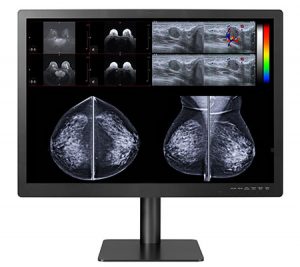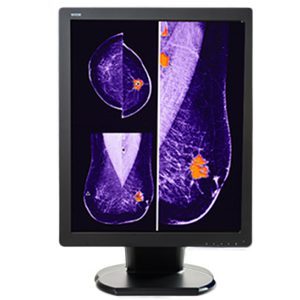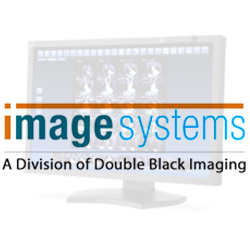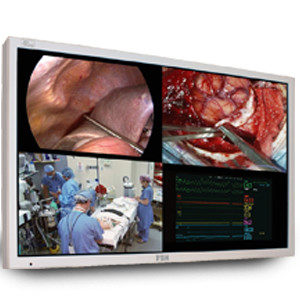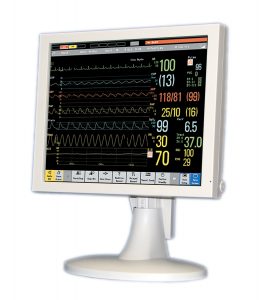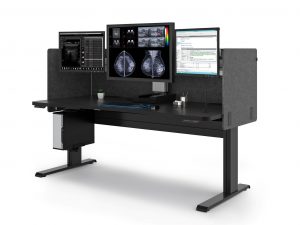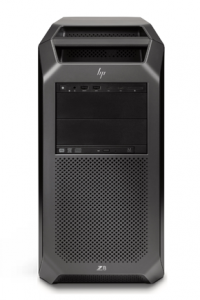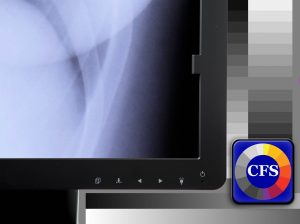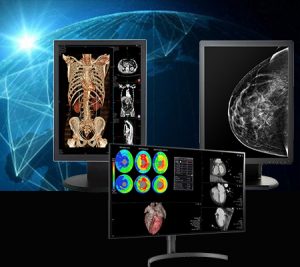How Can Point of Care Technology Help with Your Radiology Department?
Point of Care Technology (POCT or POC), also referred to as Point of Care Testing, has significantly impacted medical care over the past 40 years. We have seen care move from the hospital to the local clinic or laboratory to the patient’s home.
We have seen the tester change from doctor to nurse or technician, to patient, to machine.
The primary impact has been
- To make receiving care faster for patients
- To make care easier to use
- To make testing and intervention more accurate
- To provide greater satisfaction for patients receiving that intervention
What is Point of Care Technology?
“What is POC Technology?” Put simply, POC stands for Point-of-Care. This refers to whether the patient care is performed in a hospital, a clinic, a doctor’s office, a laboratory, or the patient’s home.
The goal of POC technology has been to provide the testing/treatment close to the patient’s home.
Two primary categories of POC Technologies are hand-held devices and bench-top devices.
Hand-held devices are now often come in the form of equipment that can attach to a phone or tablet and analyze samples (usually blood, urine, or saliva).
Bench-top devices are being miniaturized so that they take less space in the lab or office and can be brought to the patient.
Point of Care Technology has impacted every aspect of patient care, every specialization, and every location where services are provided.
As previously noted, this has made things easier for patients and caregivers, increased patient satisfaction and increased revenue across the board.
How Point-of-Care Technology Is Changing Radiology Departments
There continue to be some challenges that radiologists and clinicians encounter when implementing POC technologies in patient care. These are opportunities to expand service options and improve your current services and department functionality.
Implementation of portable radiology services in the hospital setting provides you opportunities to realize improvements in quality of care, patient satisfaction and hospital revenue.
It can seem overwhelming at first, even impossible. However, facilities that have embraced POCT report the benefits suggested above in this article.
Three ways POC imaging can positively impact your radiology department can be summarized as follows:
- You can perform an increased number of studies
- You will see improved surgical outcomes in the OR
- You can have reduced exposure to risk factors encountered during patient transport
Let’s discuss these benefits further.
Impacting The Number Of Studies Performed
Portable imaging provides an opportunity to complete studies that were previously too complicated or risky. With POC tests, you can bring the imaging to the patient and provide successful intervention to patients who previously could not come to the Radiology Department for care.
Further, you can include valuable patient data in your clinical research because you now have access to a population that previously could not be sampled.
Without a requirement for transportation, the procedure can be performed quickly and more efficiently. Therefore, you can complete more procedures in the same amount of time and increase the number of procedures that can be completed because you can now treat patients who couldn’t travel to access your intervention.
Hospitals using POC imaging report an increased number of studies in several areas. Among those are brain viability, intraoperative imaging, lymphoscintigraphy, GI Bleed, Lung perfusion, HIDA, MUGA and Bone Flow/Blood Pool.
Improving Surgical Outcomes In The OR
POC imaging is influencing surgery in the OR and improving outcomes. This leads to improved quality of care and prevents readmission.
Two primary factors that impact surgical outcomes are the time under anesthesia and real-time results.
Increased time under anesthesia is known to increase the risk of surgical complications. It follows then that decreasing the time under anesthesia can reduce that risk.
Portable imaging technology allows patients to be anesthetized for completing both imaging procedures and surgery in the OR. Since patients don’t need to be anesthetized in while being transported from radiology to the surgery room, their hospitalization can be much safer because this risk has been minimized.
Patients can be more secure in the outcome of their procedure and feel greater satisfaction with it because the portable imaging device allows full confirmation of surgical success/accuracy during the procedure. They can rest well knowing that the lesion or tumor removal was complete and that any remaining or unknown masses have been identified.
Reducing The Risks Of Patient Transportation Protocol
Many are surprised to learn of the number of risk factors encountered during patient transport.
Risks a patient can encounter during transport fall into several categories:
- Exposure
- Medical complications
- Injury
- Interruption of care/services
Patients can be exposed to infectious pathogens during transport or can experience variables that increase the risk of ventilator-acquired pneumonia.
Medical complications can range from hypoxemia, to tachycardia, to pulmonary complications, to arrhythmia, to cardiac arrest, just to name a few.
Injury, as well as interruption of care/services, can occur if equipment is dislodged, or patients are removed from services for the purpose of transport.
While these risks could occur at any stage during a hospitalization, the risk of complications is even greater if they occur during transport when the patient is away from the resources of his medical unit.
The risk is further increased if the patient is critically ill. Difficult decisions might have to be made to forgo a needed medical procedure because the risks of transport are too high.
Transport of critically ill patients comes at a high cost when you consider that they often require a team of professionals and a variety of medical interventions (oxygen, suction, portable ventilation).
The high cost of transport is related to
- Labor of this team of professionals
- Risks to patient safety
- Diverting care providers from the medical unit
Portable imaging can reduce these concerns by providing the services on the unit where transport is avoided and the only person needed is the medical technician performing the procedure.
Future Trends In POC Testing
It is clear from looking at the changes over the years and the benefits to patients, caregivers, and facilities, that POC testing will continue to make significant contributions to patient care, quality of services and your revenue.
You can easily see that new POC testing will continue to emerge as the needs, potential benefits, and means to achieve that POCT are identified.
Some areas where you can expect new POC Technologies to emerge are: Virtual Reality and 3D imaging, Artificial Intelligence, Nuclear Imaging, Intraoperative imaging, Wearable Technology.
Work With Double Black Imaging For Your Medical Displays & Monitor Needs
Double Black Imaging works with you, the professionals who use our monitors, to develop state-of-the-art equipment that gives you portability when you need it. We know portability is important. We also know that portable equipment needs to retain the functionality demonstrated by the stationary equipment you previously have used to serve your patients.
We recognize the importance of trends in medical care and POC Technologies is just one of those trends that guides the development of our monitors.
Are you looking to improve your POC Testing and other technologies? Let us help you configure a system that will meet your needs and your budget. Contact us today at (720) 826-0859 or email us at sales@doubleblackimaging.com.
